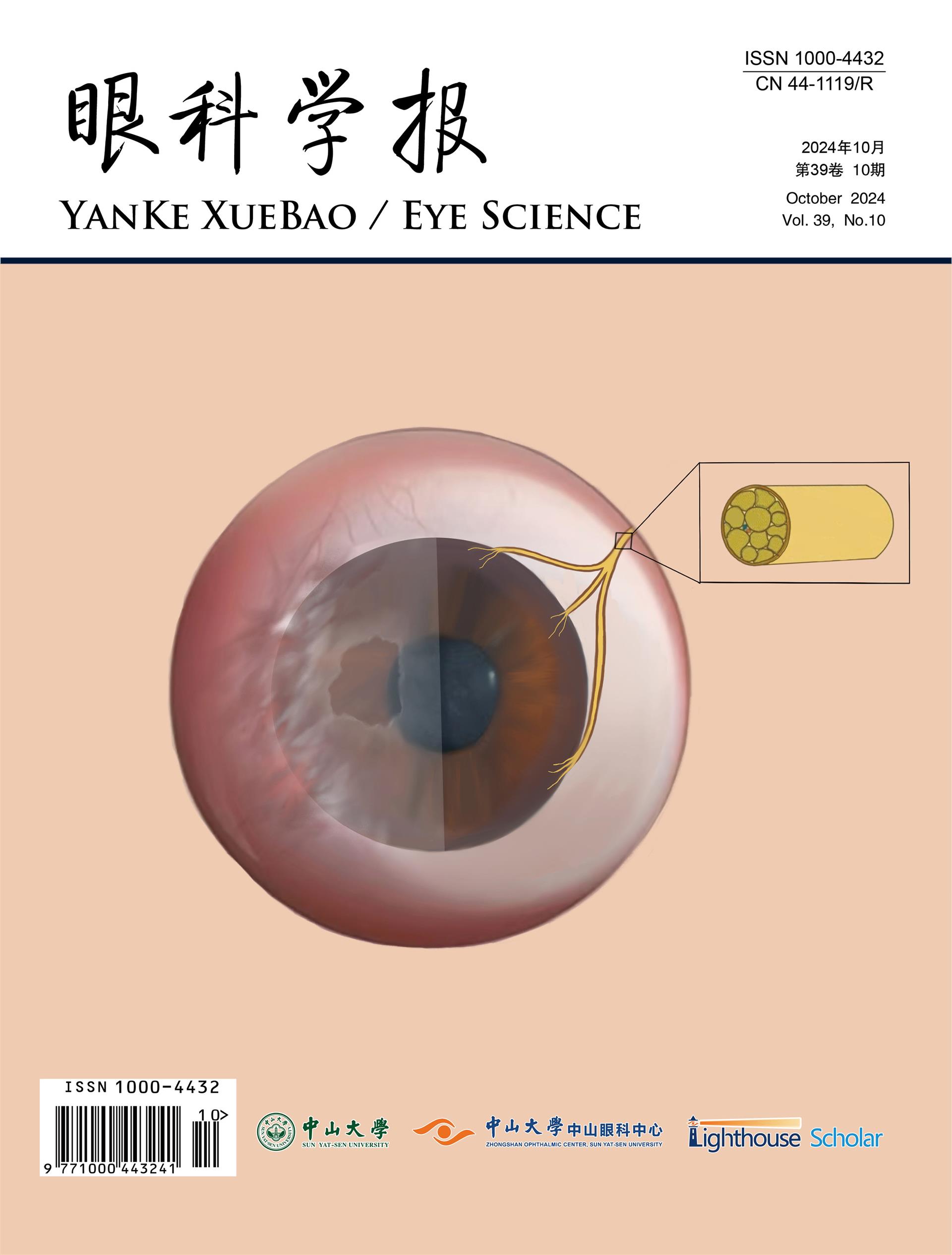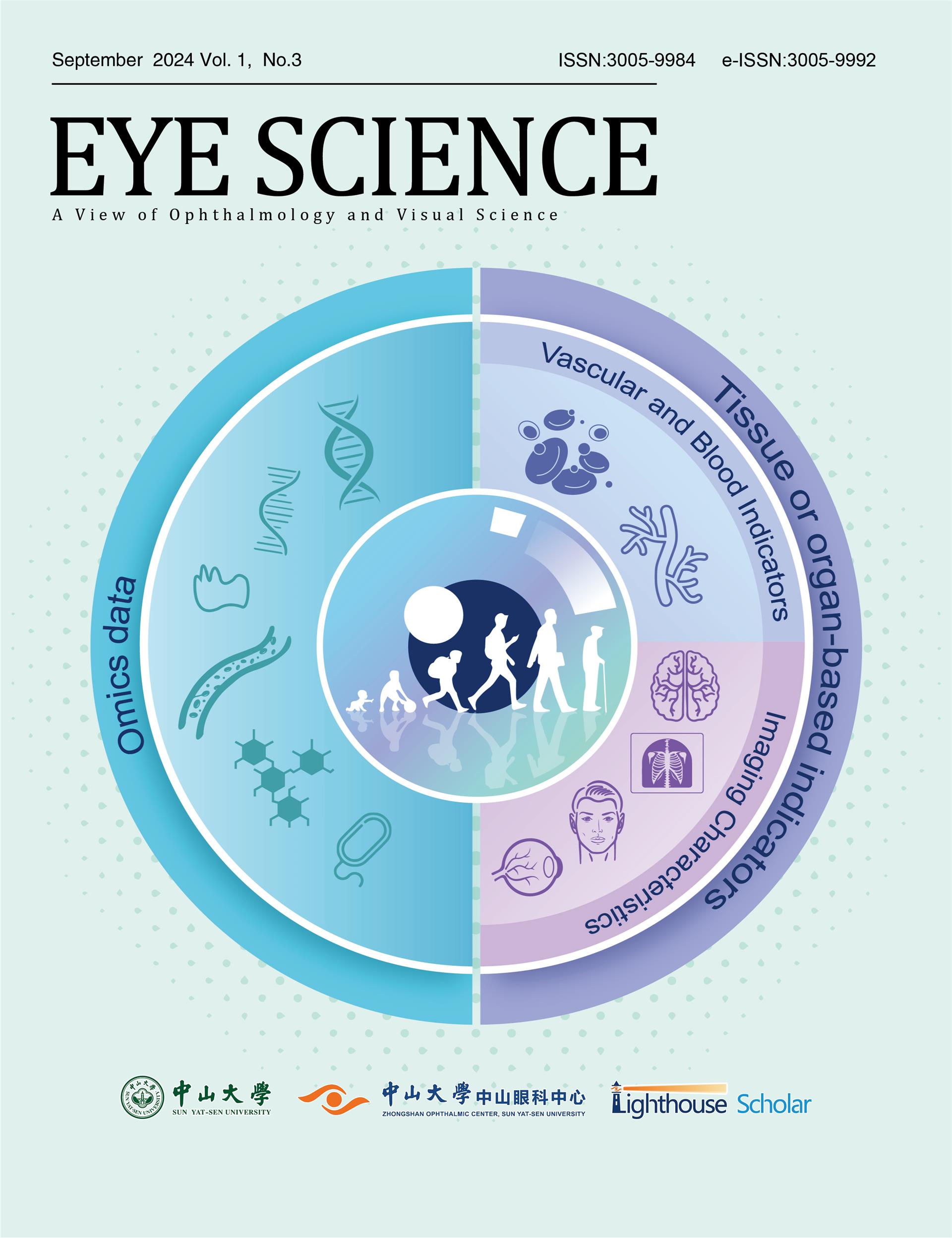Background: Diabetic retinopathy (DR) urgently needs novel and effective therapeutic targets. Integrated analyses of plasma proteomic and genetic markers can clarify the causal relevance of proteins and discover novel targets for diseases, but no systematic screening for DR has been performed.
Methods: Summary statistics of plasma protein quantitative trait loci (pQTL) were derived from two extensive genome-wide analysis study (GWAS) datasets and one systematic review, with over 100 thousand participants covering thousands of plasma proteins. DR data were sourced from the largest FinnGen study, comprising 10,413 DR cases and 308,633 European controls. Genetic instrumental variables were identified using multiple filters. In the two-sample MR analysis, Wald ratio and inverse variance-weighted (IVW) MR were utilized to investigate the
causality of plasma proteins with DR. Bidirectional MR, Bayesian Co-localization, and phenotype scanning were employed to test for potential reverse causality and confounding factors in the main MR analyses. By systemically searching druggable gene lists, the ChEMBL database, DrugBank, and Gene Ontology database, the druggability and relevant functional pathways of the identified proteins were systematically evaluated.
Results: Genetically predicted levels of 24 proteins were significantly associated with DR risk at a false discovery rate <0.05 including 11 with positive associations and 13 with negative associations. For each standard deviation increase in plasm protein levels, the odds ratios (ORs) for DR varied from 0.51 (95% CI: 0.36-0.73; P=2.22×10-5) for tubulin polymerization-promoting protein family member 3 (TPPP3) to 2.02 (95% CI: 1.44-2.83; P=5.01×10-5) for olfactomedin like 3 (OLFML3). Bidirectional MR indicated there was no reverse causality that interfered with the results of the main MR analyses. Four proteins exhibited strong co-localization evidence (PH4 ≥0.8): cytoplasmic tRNA synthetase (WARS), acrosin binding protein(ACRBP), and intercellular adhesion molecule 1 (ICAM1) were negatively associated with DR risk, while neurogenic locus notch homolog protein 2 (NOTCH2) showed a positive association. No confounding factors were detected between pQTLs and DR according to the phenotypic scan. Drugability assessments highlighted 6 proteins already in drug development endeavor and 18 novel drug targets, with metalloproteinase inhibitor 3 (TIMP) currently in phase I clinical trials for DR. GO analysis identified 18 of 24 plasma proteins enriching 22 pathways related to cell differentiation and proliferation regulation.
Conclusions:Twenty-four promising drug targets for DR were identified, including four plasma proteins with particular co-localization evidence. These findings offer new insights into DR's etiology and therapeutic targeting, exemplifying the value of genomic and proteomic data in drug target discovery.

















